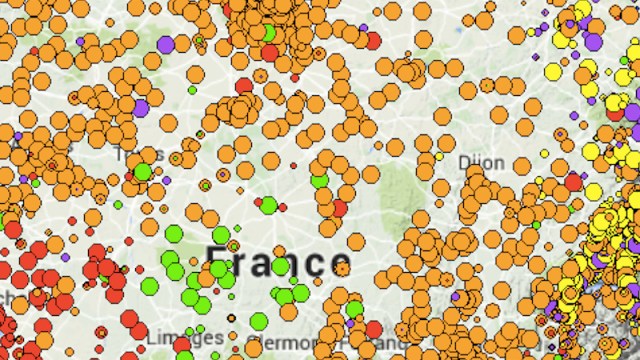A Siberian Unicorn Skull Was Found in Kazakhstan

Unicorns and humans may have once walked the Earth, together. A new study from the American Journal of Applied Science explains why scientists believe this “Siberian unicorn” may have roamed the Earth longer than previously thought.
Prior to this study, scientists believed Elasmotherium sibiricum went extinct 350,000 years ago. But radiocarbon dating from a skull discovered in the Pavlodar Priirtysh Region of Kazakhstan provides new evidence that this creature may have endured, dying closer to 29,000 years ago.

“Most likely, in the south of Western Siberia it was a refúgium [refuge], where this rhino had preserved the longest in comparison with the rest of its range,” said Andrey Shpanski, a paleontologist at Tomsk State University.
The description “Siberian unicorn” might be a bit misleading, as its “look” in no way resembles the white unicorns of fantasy and myth. The Elasmotherium sibiricum actually looks quite intimidating; it stood 6 feet tall and 15 feet long, and weighed four tons. It had a shaggy coat and a long horn that protruded from its face, so you could say it looked more like a fuzzy rhinoceros than a graceful unicorn.
Fossilized skull reveals that a Siberian “unicorn” roamed the Earth 29,000 years ago: https://t.co/a2hXW2NmG3pic.twitter.com/gdZcJqC05w
— CA AcademyOfSciences (@calacademy) March 28, 2016
The cause of death of this last known “Siberian unicorn” is uncertain. What they do know is the Elasmotherium sibiricum was an older male. Because of this new evidence, researchers may be closer to figuring out the environmental factors that may have played a role in this animal's death and the extinction of its species.
"Our research makes adjustments in the understanding of the environmental conditions in the geologic time in general. Understanding of the past allows us to make more accurate predictions about natural processes in the near future: it also concerns climate change,” Shpanski summed up in a statement.
***
Photo Credit: Matt Cardy/Getty Images
In article: Tomsk State University
Natalie has been writing professionally for about 6 years. After graduating from Ithaca College with a degree in Feature Writing, she snagged a job at PCMag.com where she had the opportunity to review all the latest consumer gadgets. Since then she has become a writer for hire, freelancing for various websites. In her spare time, you may find her riding her motorcycle, reading YA novels, hiking, or playing video games. Follow her on Twitter: @nat_schumaker





